
Agricultural restructuring to adapt to climate change
In Dong Thap province, Tan Phu Dong is a particularly difficult coastal island commune. Located at the head of the waves and winds in the downstream of the Tien River, surrounded by water on three sides, with the Cua Tieu estuary to the North, the Cua Dai estuary to the South and the East Sea to the East, the natural conditions are harsh. During the dry season, which lasts about 6 months, the land can only grow one rice crop per year, with low and unstable productivity and frequent threats from storms and natural disasters. People's lives are extremely difficult.
To turn challenges into opportunities for strong and sustainable development, the commune leaders advocated restructuring agricultural production to adapt to climate change. Accordingly, they stopped growing rice in one crop, converted from monoculture to polyculture; built concentrated production areas to serve consumption and export, replicated sustainable livelihood models to increase income, and helped people settle down.
Secretary of Tan Phu Dong Commune Party Committee Bui Thai Son said that the locality has completed and put into operation the closed-loop Phu Thanh - Phu Dong irrigation system to serve the conversion of nearly 3,000 hectares of previously saline-affected cultivated land. In the project area, the commune is orienting farmers to replace one-season rice with drought- and salinity-tolerant crops that are suitable for the soil and bring high economic efficiency such as lemongrass, coconut, soursop or other upland crops.
For areas outside the dike, areas adjacent to the East Sea such as Ngang islet, Cong islet... located in the East are encouraged to switch to raising black tiger shrimp, whiteleg shrimp, sea crab, sea bass... to create an important raw material area for consumption and export processing.
Through agricultural extension work and agricultural science and technology transfer, people have also developed livestock, poultry, cow or goat farming integrated into livelihood models such as rice + shrimp, VAC, VA... suitable for saline islands, increasing the supply of agricultural products for domestic and foreign market demand. Up to now, Tan Phu Dong farmers have converted about 4,300 hectares of single-crop rice land to crops with competitive advantages and adaptability to climate change; of which, the most important is the lemongrass specialized area of about 4,000 hectares, the largest in Dong Thap province, the rest are other perennial crops.
From a spice and medicinal plant that was originally grown in home gardens, through the acumen of people in this difficult land, lemongrass has become the top economic crop on Tan Phu Dong islet. The immense lemongrass fields, instead of rice fields, bring in a large source of income, helping farmers change their lives. In addition, livestock farming has developed with a total herd of over 2,400 pigs, over 2,500 cows, and nearly 44,000 poultry.
In particular, the brackish and salty aquaculture industry has been awakened and has quickly grown, asserting its advantages in the economy of Tan Phu Dong islet today. Depending on the conditions of each sub-region and their farming level, people apply effective aquaculture models suitable for production orientations adapting to climate change. The whole commune currently has a brackish and salty aquaculture area of over 6,000 hectares in the islands, coastal sandbanks... Notable are the shrimp + rice model, high-tech shrimp farming model, improved extensive shrimp farming concentrated in Con Cong, Loi Quan islet and the area along the Tieu and Dai estuaries of the Tien River system.
Farmers get rich, countryside prospers
Farmer Cao Minh Duc, who grew up on Loi Quan island, has witnessed years of severe natural disasters such as storm No. 9 in 2006 or the severe drought and salinity in 2016 and 2019, which severely affected the Tan Phu Dong area. Mr. Duc commented: "abandoning rice" and switching to "natural" crops to get rich is the right policy, creating motivation for agriculture - farmers - rural areas in difficult areas to develop.
Seizing the opportunity, he converted 1 hectare of rice land into a specialized lemongrass cultivation, earning a total revenue of over 200 million VND each year, after deducting expenses, the profit was over 150 million VND, three times higher than the previous rice monoculture. In addition, he also built a barn to raise cows in a comprehensive economic model. From the above two sources, his family earned nearly 300 million VND each year. Thanks to the early conversion of crops on rice land, Mr. Cao Minh Duc became a millionaire in the salty land today.
In the difficult times, many new models and good ways of doing things have emerged at the forefront. A typical example is Mr. Ha Van Hai in Con Cong who got rich with the model of 1 shrimp crop + 1 rice crop per year.
Mr. Hai said that his cultivated land is adjacent to the East Sea, so it is heavily affected by drought and salinity, causing continuous rice crop failures. Seeing this, in the dry season, he renovated the ponds, taking saltwater from the river through the sewer system to raise aquatic products using improved extensive farming methods. In the rainy season, when there is fresh water, he plows the land and switches to growing salt-tolerant, high-yielding rice varieties of the OM group or high-quality VD 20 varieties. With 11 hectares of production following the shrimp + rice model, each year, his family earns nearly 800 million VND, minus expenses, the net profit is over 400 million VND.

Mr. Ngo Minh Tuan, Director of Tuan Hien Aquaculture Limited Company, is a pioneer in high-tech shrimp farming on the island, bringing great economic and social efficiency. The company currently has 5 high-tech shrimp farms with a farming area of about 6 hectares, with an annual output of 240 to 260 tons of commercial shrimp.
Mr. Tuan said that the high-tech shrimp farming model has a yield of 40 - 45 tons/ha/year, 2 - 3 times higher than shrimp farming in traditional earthen ponds before.
Tan Phu Dong Commune Party Secretary Bui Thai Son shared that high-tech shrimp farming is the locality's strategic orientation to develop sustainable aquaculture, creating an important raw material area for processing and export of the province. In the immediate future, the locality will expand the high-tech shrimp farming area to about 100 hectares.
According to local leaders, every year, Tan Phu Dong achieves an output of over 72,500 tons of commercial lemongrass, over 4,000 tons of various fruits, over 44,000 tons of various seafood... It is estimated that the value of the local agricultural and aquatic product output reaches an average of over 4,000 billion VND each year. In the past 11 months, island farmers have harvested over 65,000 tons of lemongrass, 3,800 tons of various fruits...
Currently, the average income per capita of the whole commune has increased to 67.18 million VND/person/year, nearly three times higher than 15 years ago; the poverty rate of the whole commune has decreased to 1.68%, nearly 43% lower than 15 years ago. The locality strives to increase the average income per capita to about 98 million VND by 2030.
In 2025, Tan Phu Dong was recognized as completed and launched as a new rural commune, aiming for the goal of an advanced new rural commune and a model new rural commune.
In the future, when the national coastal road running through the Southern provinces is formed and passes through Tan Phu Dong, it will create new development momentum for this place to continue to promote its existing potentials and step into a new era; affirming the superiority of climate change adaptation agriculture that the saline island has successfully built.
Source: https://baotintuc.vn/kinh-te/bien-vung-dat-man-thanh-vua-nong-thuy-san-20251126091207196.htm







![[Photo] Close-up of heavy damage at the school located on the banks of the Ban Thach River](/_next/image?url=https%3A%2F%2Fvphoto.vietnam.vn%2Fthumb%2F1200x675%2Fvietnam%2Fresource%2FIMAGE%2F2025%2F11%2F26%2F1764152130492_ndo_bl_img-8188-8805-jpg.webp&w=3840&q=75)




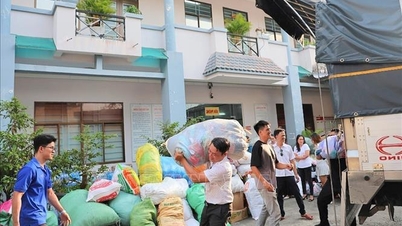
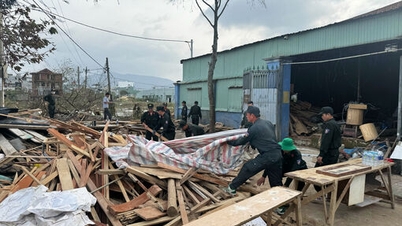





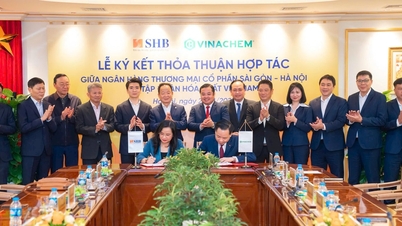



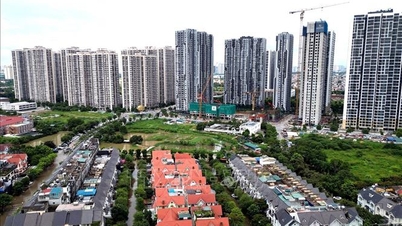
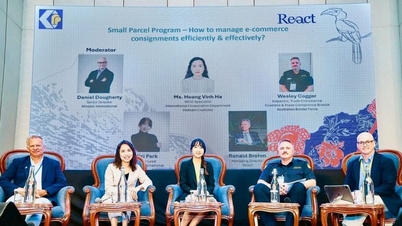


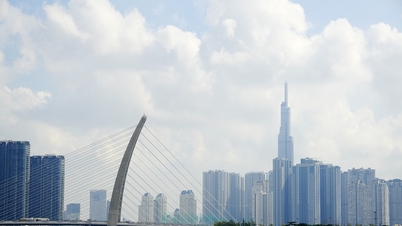




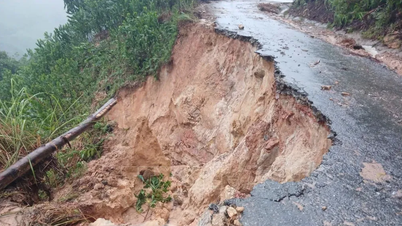
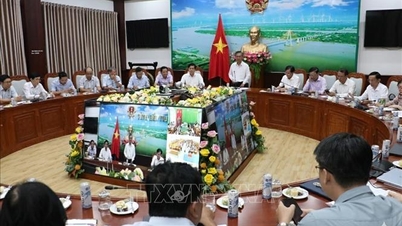
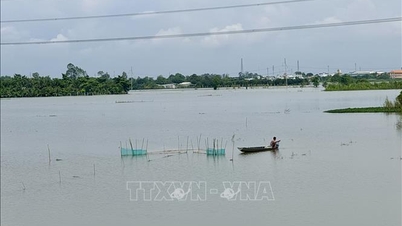
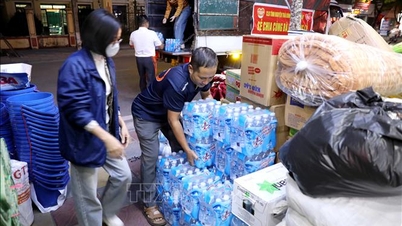

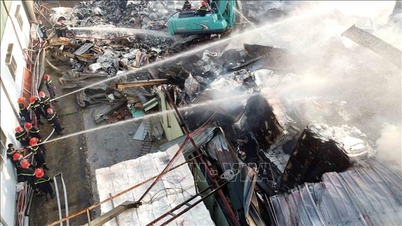



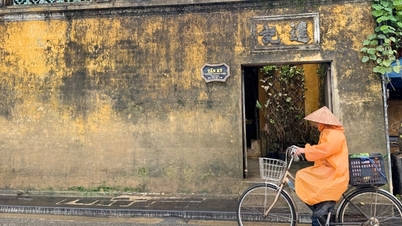


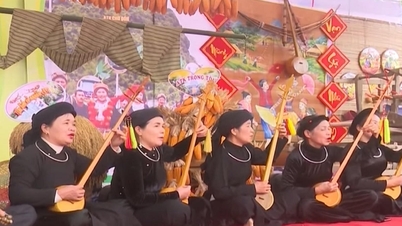






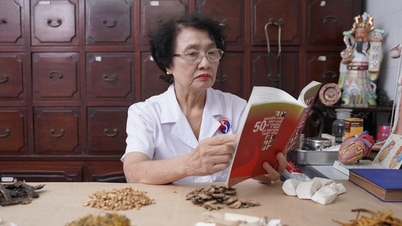
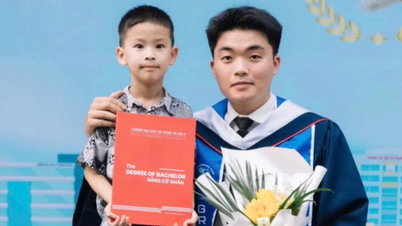

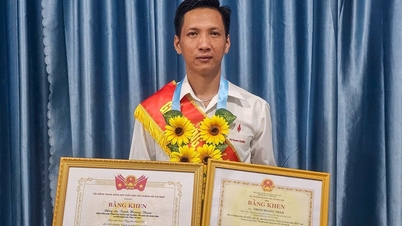





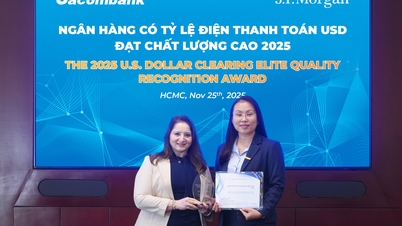

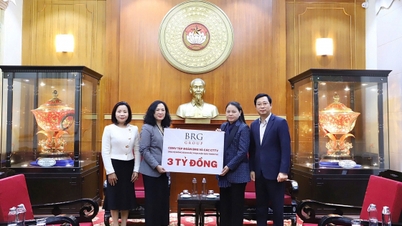









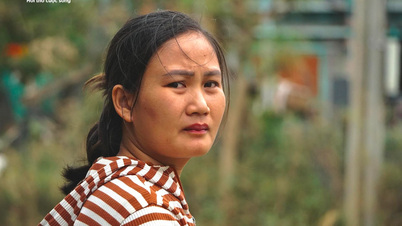






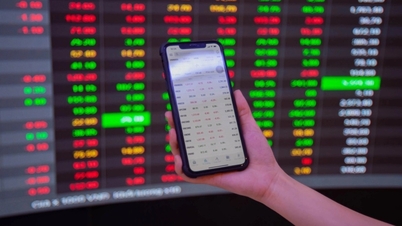



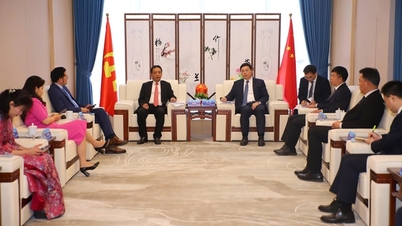
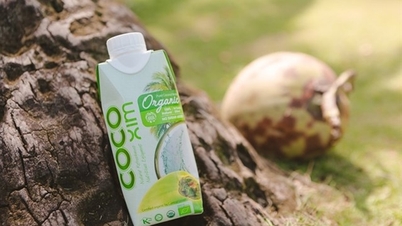
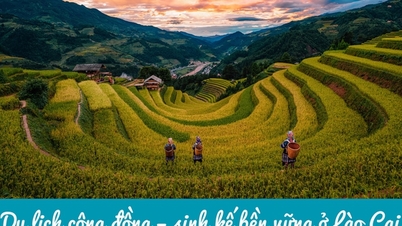
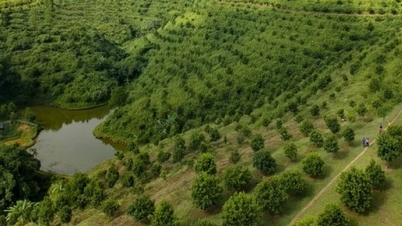

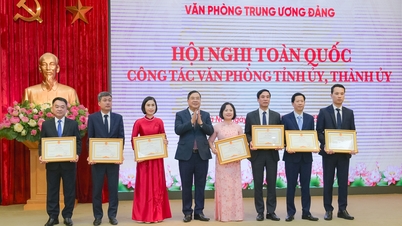



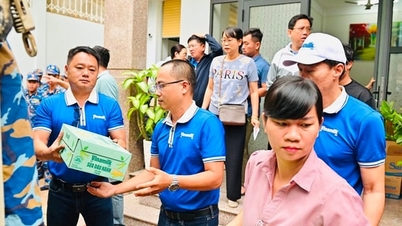


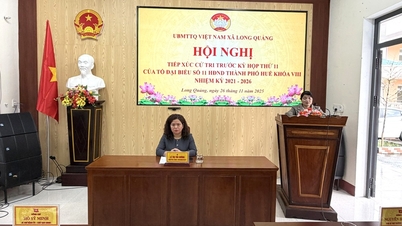


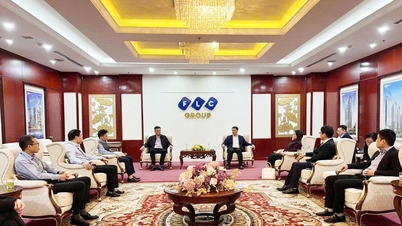










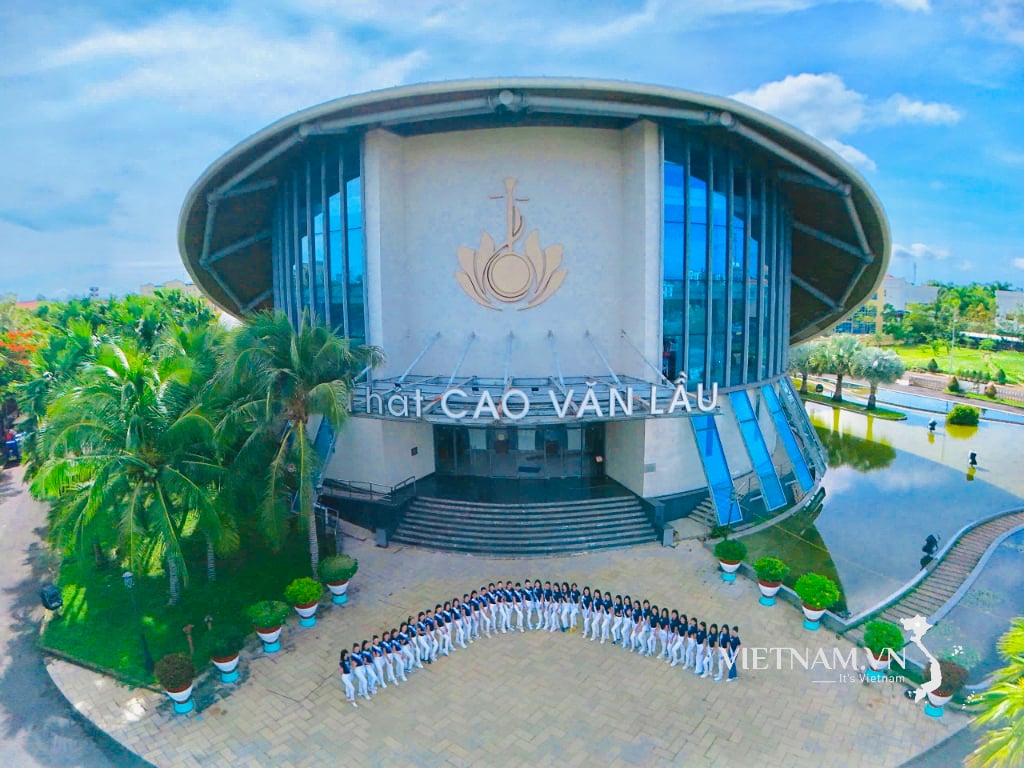

Comment (0)